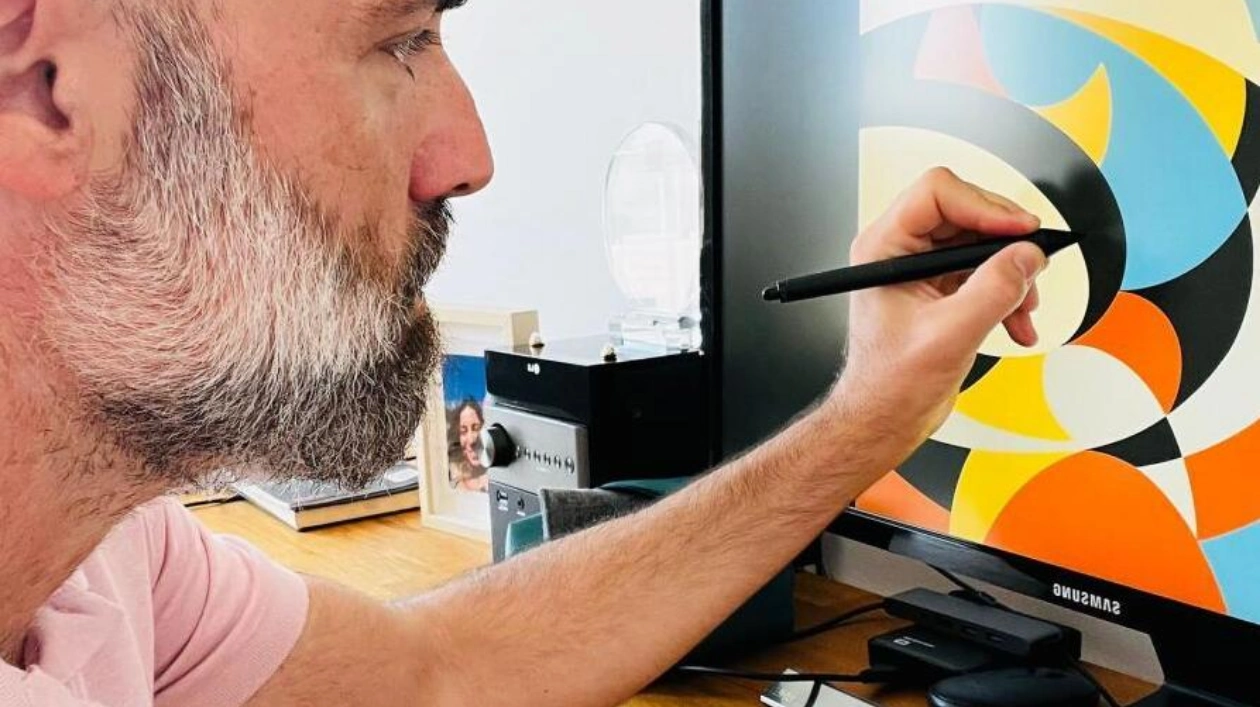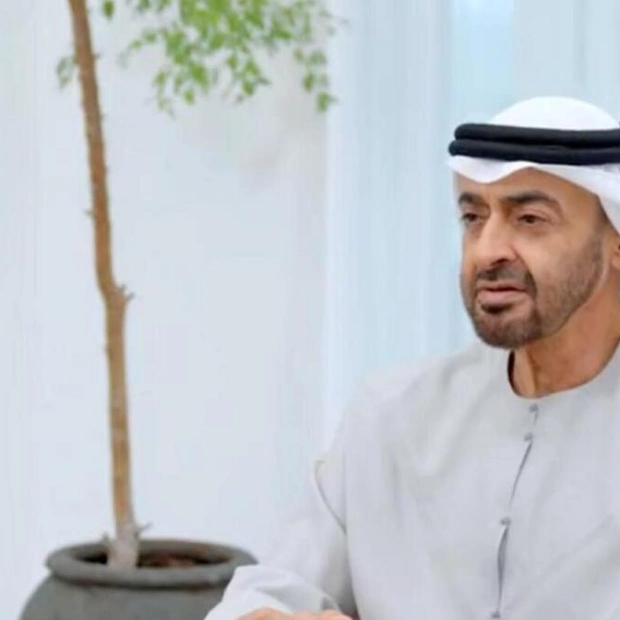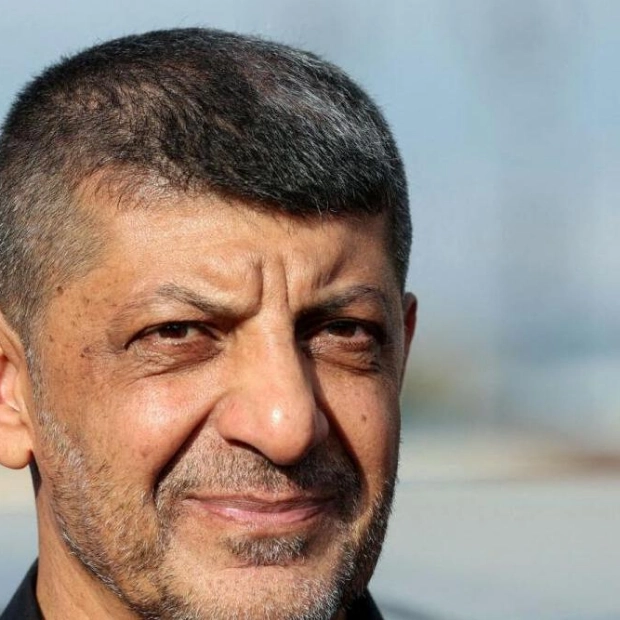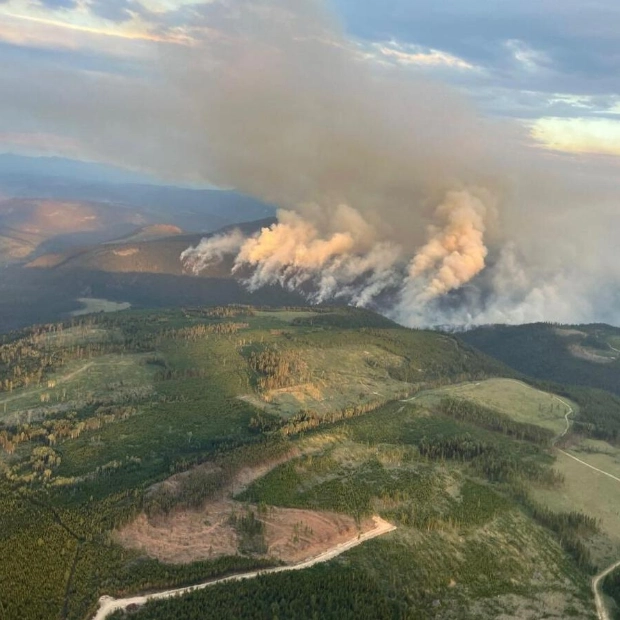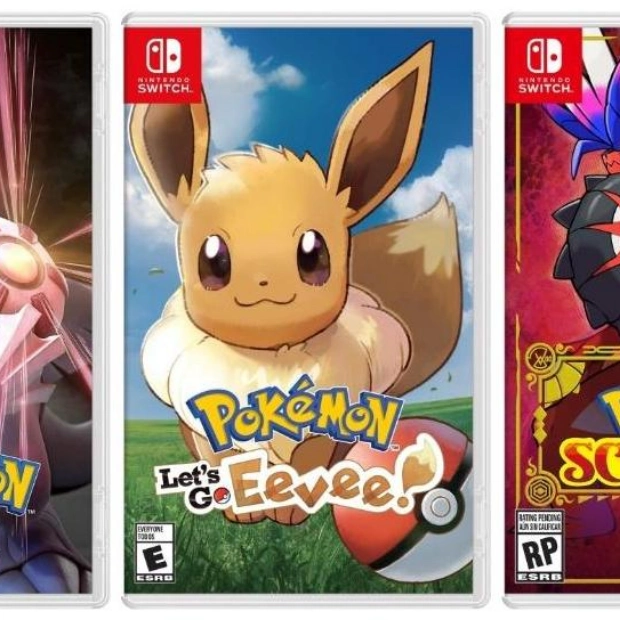Art came naturally to Pablo Dachefsky. While his peers were engrossed in mastering football skills, he was already envisioning his next artistic endeavor. His parents, both art enthusiasts, prioritized his artistic education over sports or language classes. They enrolled him in various art forms, from painting to sculpting. “My mother is a painter, so my journey into art began at a very young age. Art was an integral part of our daily life, and I often painted or sculpted with my mother and brother. Many of my fondest memories are of the three of us creating something artistic together. It was our way of bonding,” recalls the 44-year-old Spanish-Argentinian adman, who recently ventured into AI art. The Dubai resident attributes his inspiration for this new adventure to the UAE. He adds, “I feel a deep connection with the desert, something I discovered here for the first time. Living in a place with such an impressive desert landscape has given me a lot of inspiration to explore new and different avenues. I think it’s all about that initial sense of beauty that isn’t immediately apparent.”
The shift to digital art came naturally for Dachefsky, who has always been curious about technology and the latest digital tools. His career in advertising only deepened this fascination. He explains: “I was drawing or painting lamps or whatever, while also using technology to create digital collages. I remember creating a collection of illustrations using Excel when I was 18 or 20.” When he saw AI being used to generate words and images, he saw it as the next logical step. “Machine learning is a well-known concept, but what’s new is how people are using it. There are always creative minds pushing the boundaries of technology. When I heard about chatGPT and generative AI platforms, I started experimenting and testing, creating some pieces,” he says.
Dachefsky’s works, sold online under the brand Mapure, a blend of ‘map’ and ‘pure,’ are inspired by the places he’s visited and the things he’s seen. His portfolio includes representations of various cities, with the UAE prominently featured. “I believed that different places had a lot in common, but when I came here, I realized that’s not true. The beauty of any country is something you have to discover. It’s not always obvious. Dubai, for example, is a modern city with impressive buildings, but there are also hidden natural and architectural gems. The desert, for instance, is truly impressive. I think we have many beautiful, unseen places here,” he said.
Dachefsky understands the elements that make a good photograph, even though he never formally learned photography. When he sees a plant, a shadow, or the interplay of light and landscape, it ignites his imagination. “I love that sensation. That’s why I always capture those moments in my mind or on my phone. Then I recreate them in a more abstract way, sparking the imagination of others. It’s not just about sharing a picture; it’s about the feeling and sensation that the place evokes. I want people to imagine what’s happening there, what they might discover,” he explains. Moreover, Mapure isn’t driven by commercial objectives. “It’s more about sharing the beauty of things and giving people a sense of wonder. I also enjoy discovering different perspectives of a city or space and sharing that viewpoint,” he adds.
Speaking about generative AI’s impact on his art, Dachefsky says, “It provides another way to express what I’m looking for, offering a different perspective on things. You can give it inspiration about what you like, and it can present a unique way of combining elements, using different colors or conveying a feeling like ‘waking up in the morning.’ For humans, understanding things in that way isn’t natural, but AI is ready to explore these concepts. I use AI to gain different perspectives, similar to how one of my favorite artists, Wassily Kandinsky, approached art. He didn’t have the human point of view; it was more about free expression.” Dachefsky also appreciates the dichotomy AI offers. “AI can give you exactly what you ask for, like a man walking. But ask it to imagine differently, and you get something unexpected, which is mind-blowing. The perfect use of AI is to blend our creativity with its ability to understand our environment differently, without our restrictions or biases. There’s no limit,” he concludes.
Source link: https://www.khaleejtimes.com
